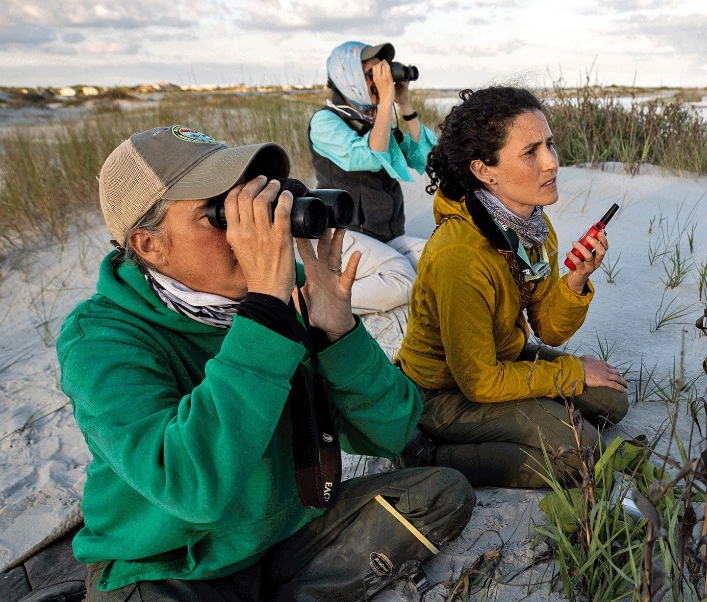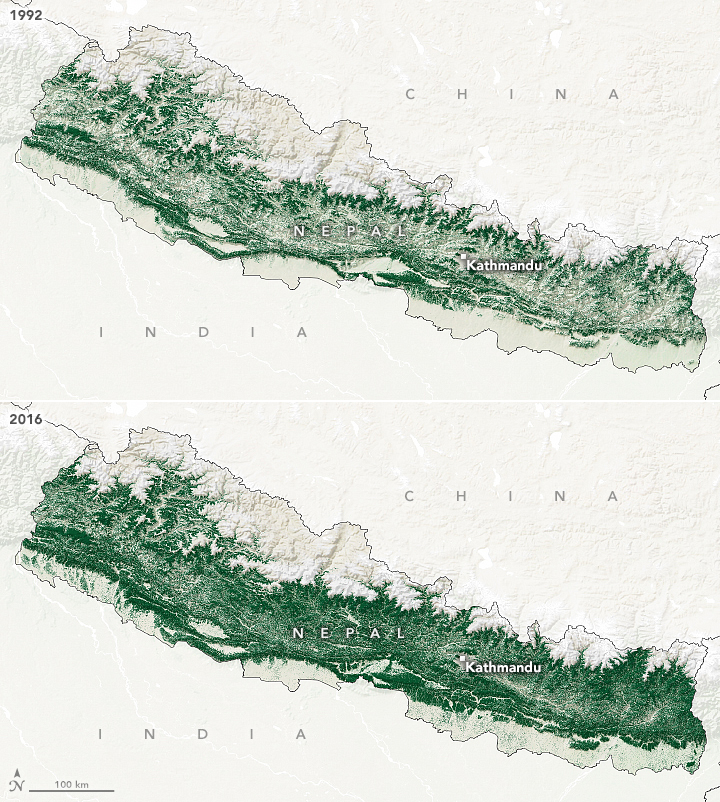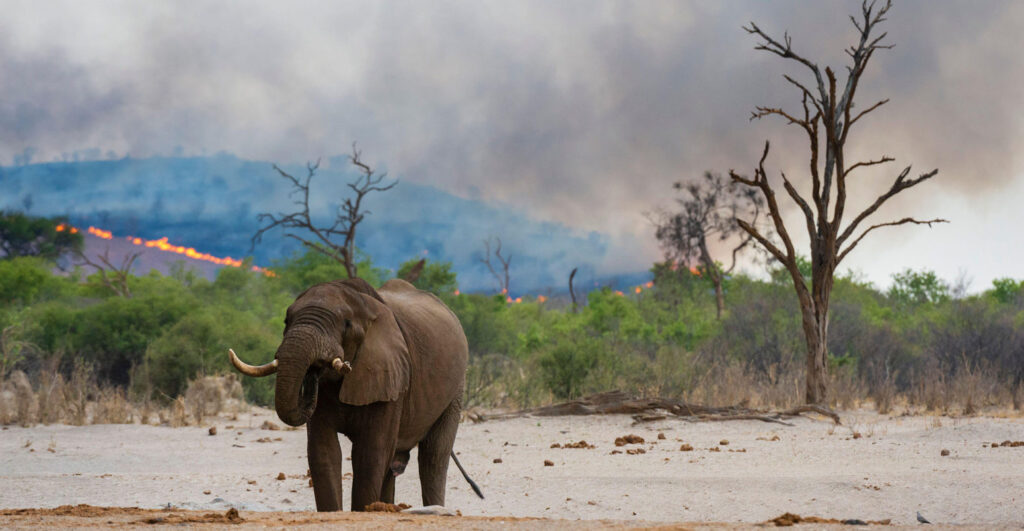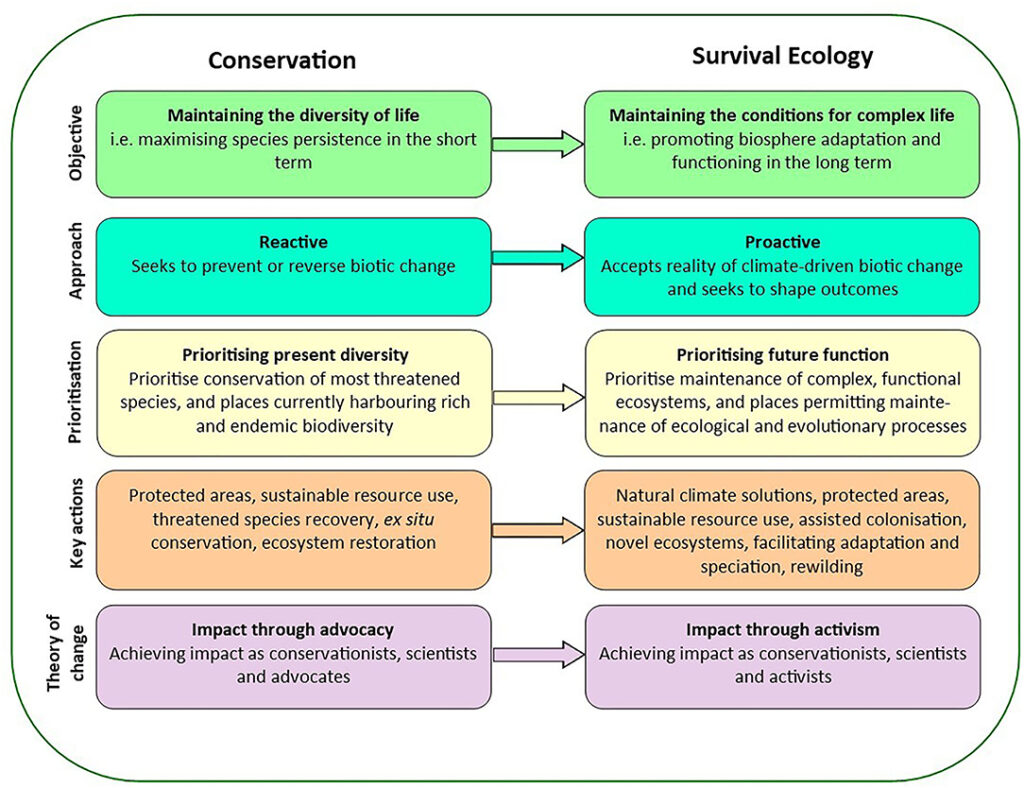Cornell Lab Annual Report 2024

“Conservation must be a global effort. It needs all the help we can marshall.
That means combining our strengths in science, technology, and engagement with partners’ expertise to extend our impact to all corners of the globe.”
Ian Owens, Executive Director of the Cornell Lab of Ornithology
Included in the report
If This Reef Could Talk
How Can Listening to Reefs Help Protect Biodiversity?
Amazon Deforestation Drops 34% in Lula’s First Six Months

July 18, 2023 – the Energy Mix
Full Story: The Associated Press
Primary Author: Fabiano Maisonnave
After four years of rising destruction in Brazil’s Amazon, deforestation dropped by 33.6% during the first six months of President Luiz Inácio Lula da Silva’s administration, according to government satellite data released earlier this month.
From January to June, the rainforest had alerts for possible deforestation covering 2,650 square kilometres (1,023 square miles), down from 4,000 square kilometres—an area the size of Rhode Island—during the same period last year under former president Jair Bolsonaro
Naturalize your yard to create an ‘oasis of biodiversity’

April 20, 2023 – CBC
If you have a yard, it is within your power to help fix one of the biggest environmental issues of our time: lawn grass.
“Most Canadian yards are a sea of non-native, inedible turf grass. Not evolved for our climate, it requires intensive maintenance, watering and fertilizer inputs, and provides virtually no value to native species. Yet this ‘eco-desert’ is the largest irrigated crop in North America.” Find out about the yard naturalization movement, with tips and resources. From CBC. Read article.
Read Laura Thomas of Hidden Habitat FB post on the subject of #NoMowMay.
Instead of planting trees, give forests back to people

Forests flourish under community control, and NASA has the satellite imagery to show it.
Feb 10, 2023 – The Verge
It might sound counterintuitive, but empowering locals to manage forests is an excellent way to preserve them. That strategy can even bring dwindling forests roaring back, NASA Earth Observatory’s recent “image of the day” shows us.
NASA published a set of maps yesterday showing the incredible recovery Nepal’s forests have made over the past several decades thanks to a plan to put nearby communities in charge of conservation. You can see thin forest cover in the early 1990s, followed by a lush resurgence by the late 2010s. Forest cover almost doubled across the country between 1992 and 2016, the satellite imagery shows.
Nature-based solutions: How can they work for climate, biodiversity and people?
11 July 2022 – Multiple Authors – The Carbon Brief

Over three days at the Oxford University Museum of Natural History, the Nature-based Solutions Conference considered techniques such as forest creation or mangrove restoration, which are increasingly appearing in climate strategies.
In theory, such projects could also help to reverse the loss of wildlife, provide economic boosts to local communities and strengthen resilience against climate impacts.
But the topic can be highly contentious and the conference provided a space for critics to outline their objections to nature-based solutions. Speakers took aim at companies and governments “greenwashing” and treating the natural world as a commodity.
Explainer: Can climate change and biodiversity loss be tackled together?
June 16, 2022 – Daisy Dunne –The Carbon Brief

A wildfire racing across a hillside has become emblematic of climate change. And for good reason: a quarter of the world’s natural landscapes now face longer fire seasons as a result of warming and shifts to rainfall, according to a recent landmark climate report.
But there is another global threat that worsens the risk of fire. Scientists have shown that degraded ecosystems – those that have seen their unique blend of species diluted by human disturbance – are more likely to succumb to blazes.
climate change and biodiversity loss
In the Climate Emergency, Conservation Must Become Survival Ecology
28 October 2021 – Charlie J. Gardner and James M. Bullock – Frontiers in Conservation Science

Earth faces a climate emergency which renders conservation goals largely obsolete. Current conservation actions are inadequate because they (i) underplay biodiversity’s role in maintaining human civilisation, which contributes to its marginalisation, and (ii) rely on false assumptions of how to catalyse transformative change. We suggest a paradigm shift from biodiversity conservation to survival ecology, refocusing the field on safeguarding a planetary system in which humans and other species can thrive. Rather than seeking to maintain a world which will no longer exist, survival ecology acknowledges unavoidable change and seeks to shape the world that will: it looks to the future, not the past.
Return to Land use